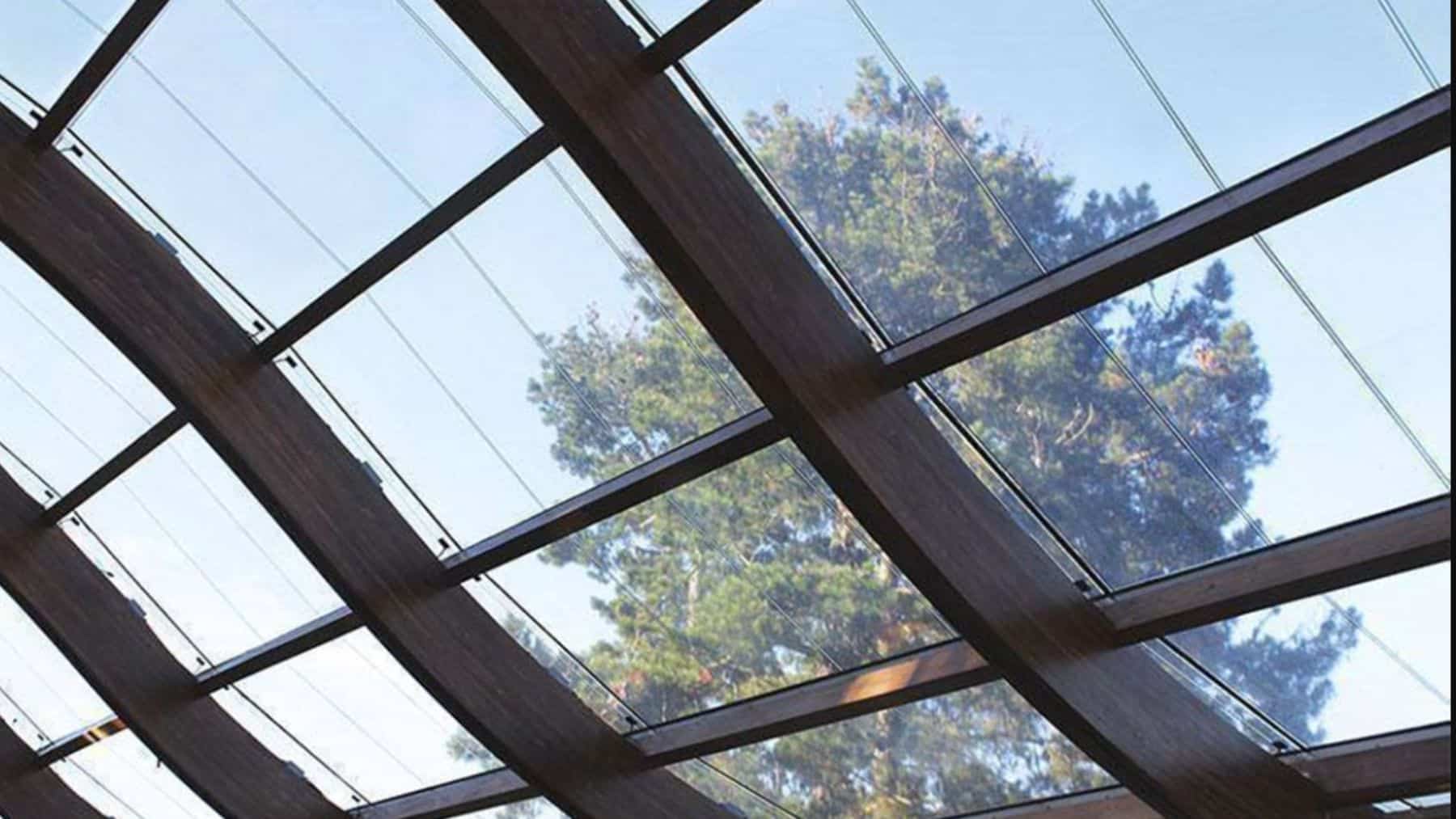A new bioplastic metafilm reflects 99 percent of sunlight, cools surfaces passively, and could transform how cities tackle rising heat.
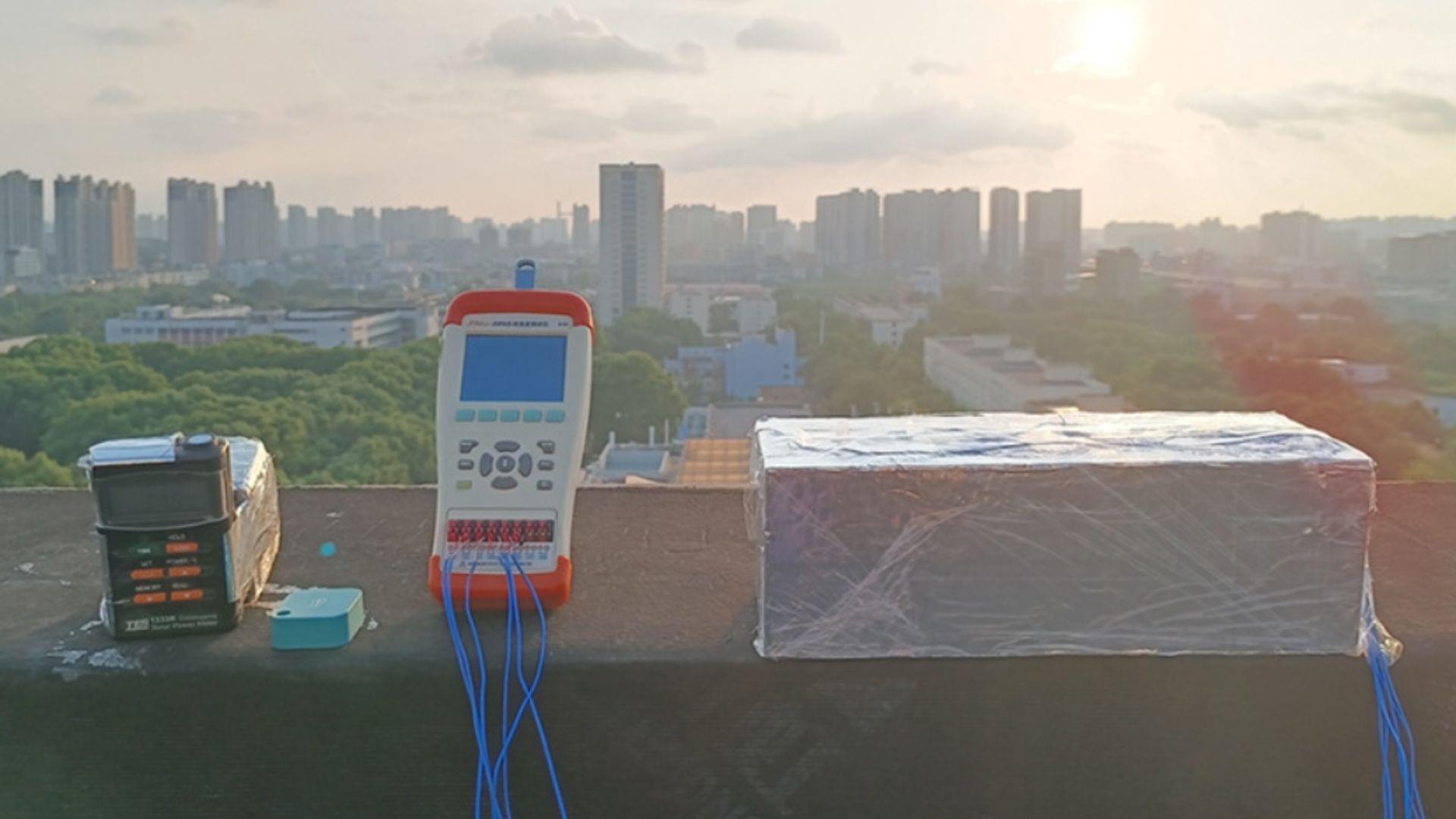

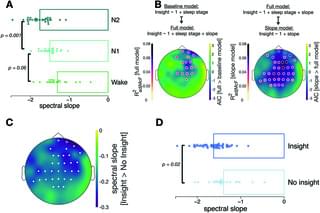
Sleep supports memory consolidation, but can it also facilitate memory reorganization? This study reveals that N2 sleep, but not N1 sleep during a nap, increases the likelihood of having an ‘aha’ moment about a previous decision-making task, and that spectral slopes of EEG power spectra predict future insights.
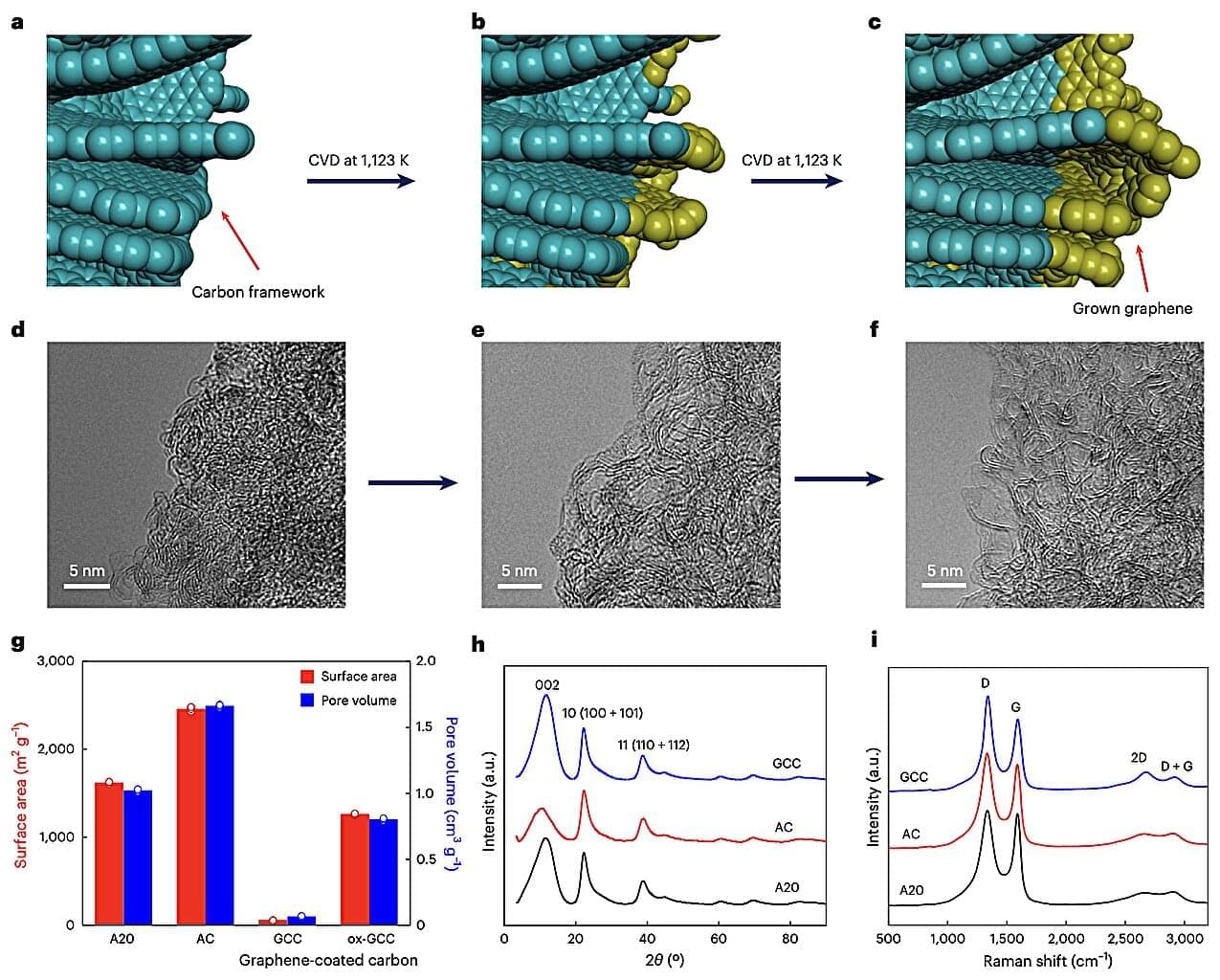
Methane (CH4), one of the most abundant natural gases on Earth, is still widely used to power several buildings and to fuel some types of vehicles. Despite its widespread use, storing and transporting this gas safely remains challenging, as it is highly flammable and requires compression at high pressures of around 25 megapascals (MPa).
Most existing solutions to store CH4 at high pressures rely on expensive equipment and infrastructure, such as reinforced tanks, specialized valves and advanced safety systems. In addition, damage to this equipment or its malfunction that prompts leakage of gas can lead to explosions, fires and other serious accidents.
Some researchers have thus been trying to devise alternative strategies to store and transport CH4 that are both safer and more cost-effective. One of these recently proposed methods, known as absorbed natural gas (ANG), entails the use of nanoporous materials, solid materials containing tiny pores in which gas molecules could be trapped at moderate pressures.
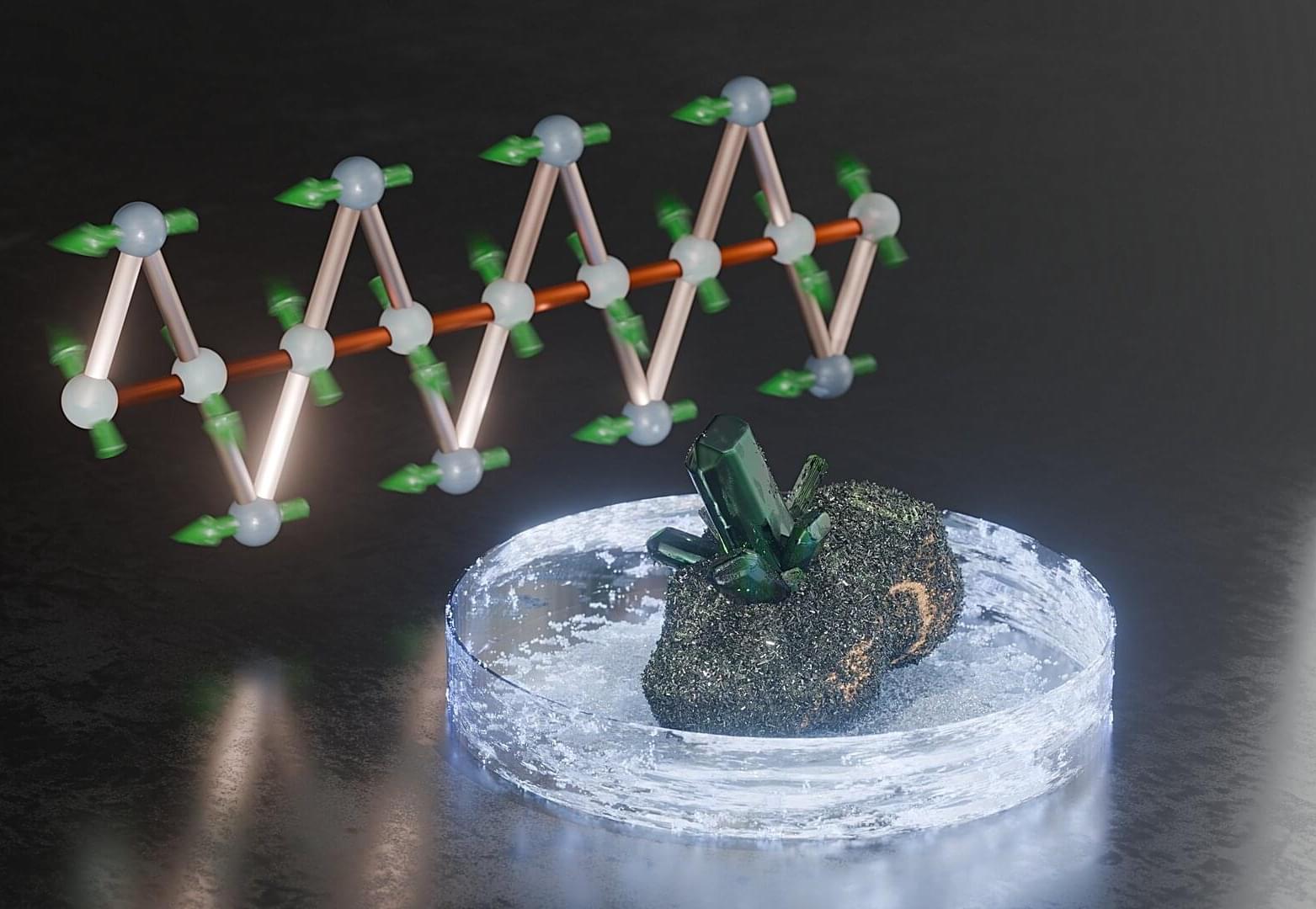
Natural crystals fascinate with their vibrant colors, their nearly flawless appearance and their manifold symmetrical forms. But researchers are interested in them for quite different reasons: Among the countless minerals already known, they always discover some materials with unusual magnetic properties.
One of these is atacamite, which exhibits magnetocaloric behavior at low temperatures—that is, the material’s temperature changes significantly when it is subjected to a magnetic field. A team headed by TU Braunschweig and the HZDR has now investigated this rare property. In the long term, the results, now published in Physical Review Letters, could help to develop new materials for energy-efficient magnetic cooling.
The emerald-green mineral atacamite, named for the place it was first found, the Atacama Desert in Chile, gets its characteristic coloring from the copper ions it contains. These ions also determine the material’s magnetic properties: they each have an unpaired electron whose spin gives the ion a magnetic moment —comparable to a tiny needle on a compass.
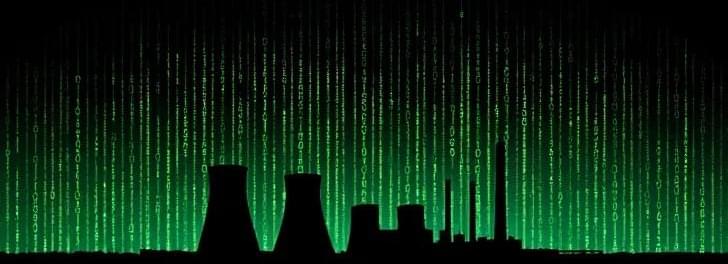
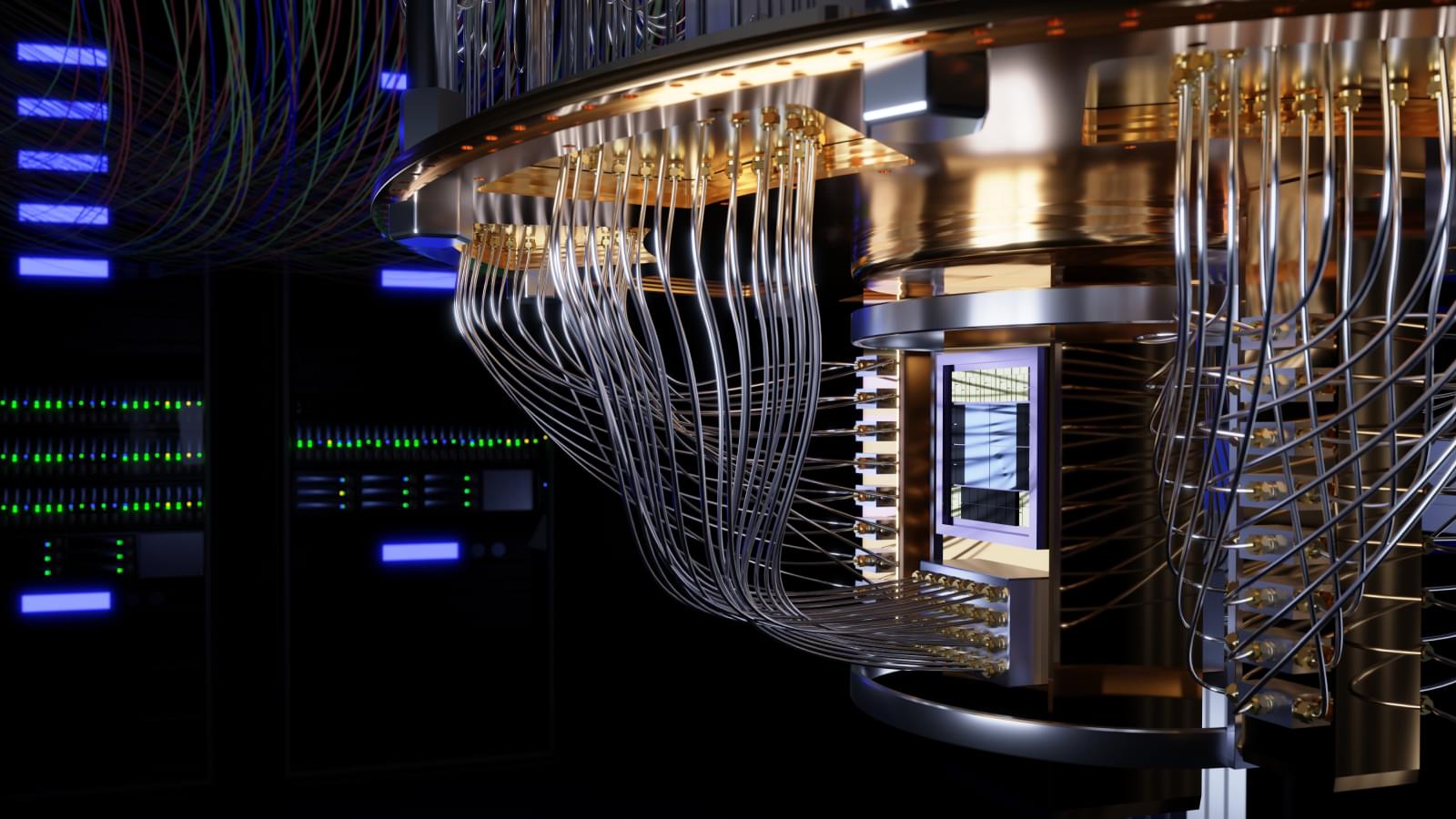
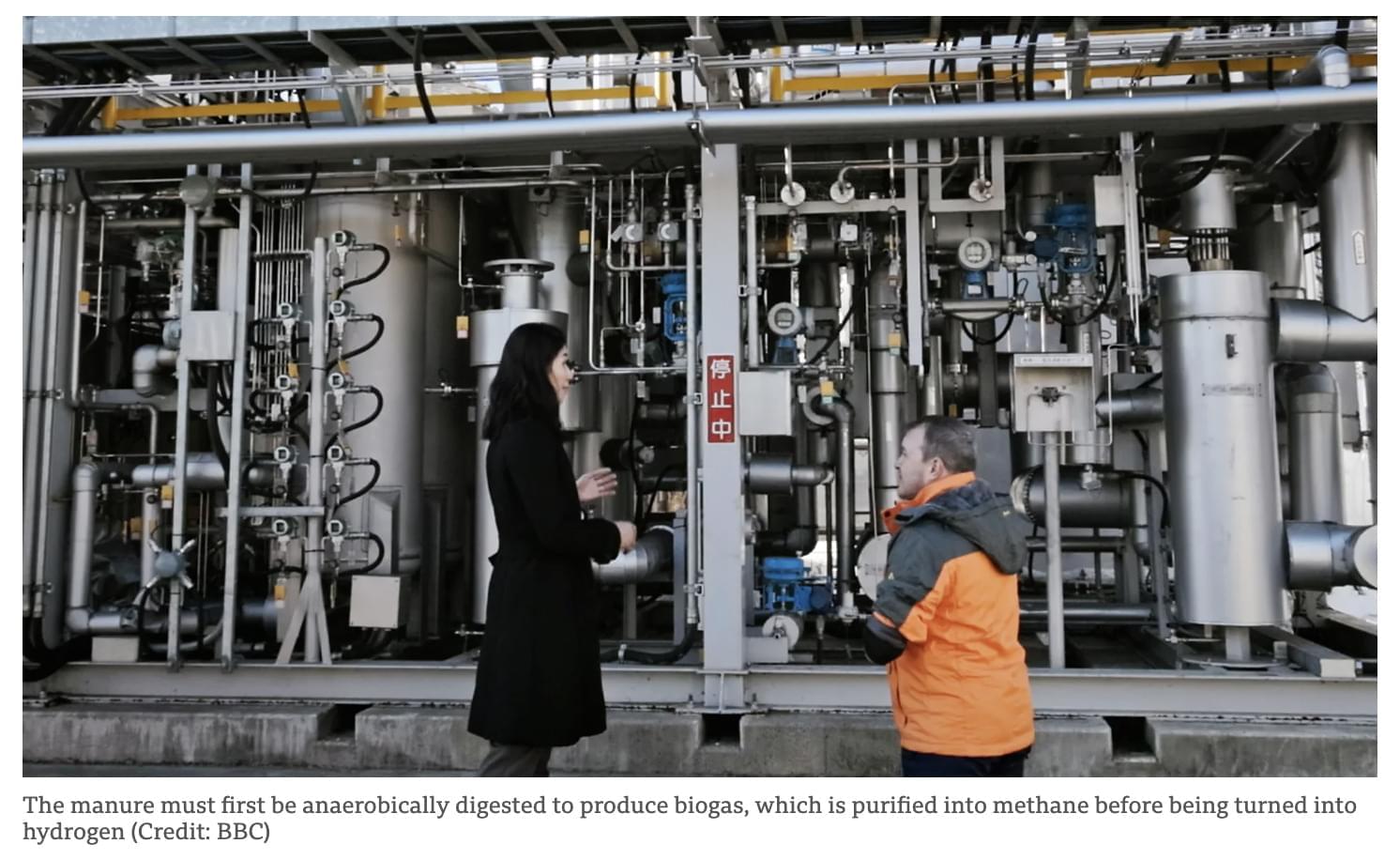
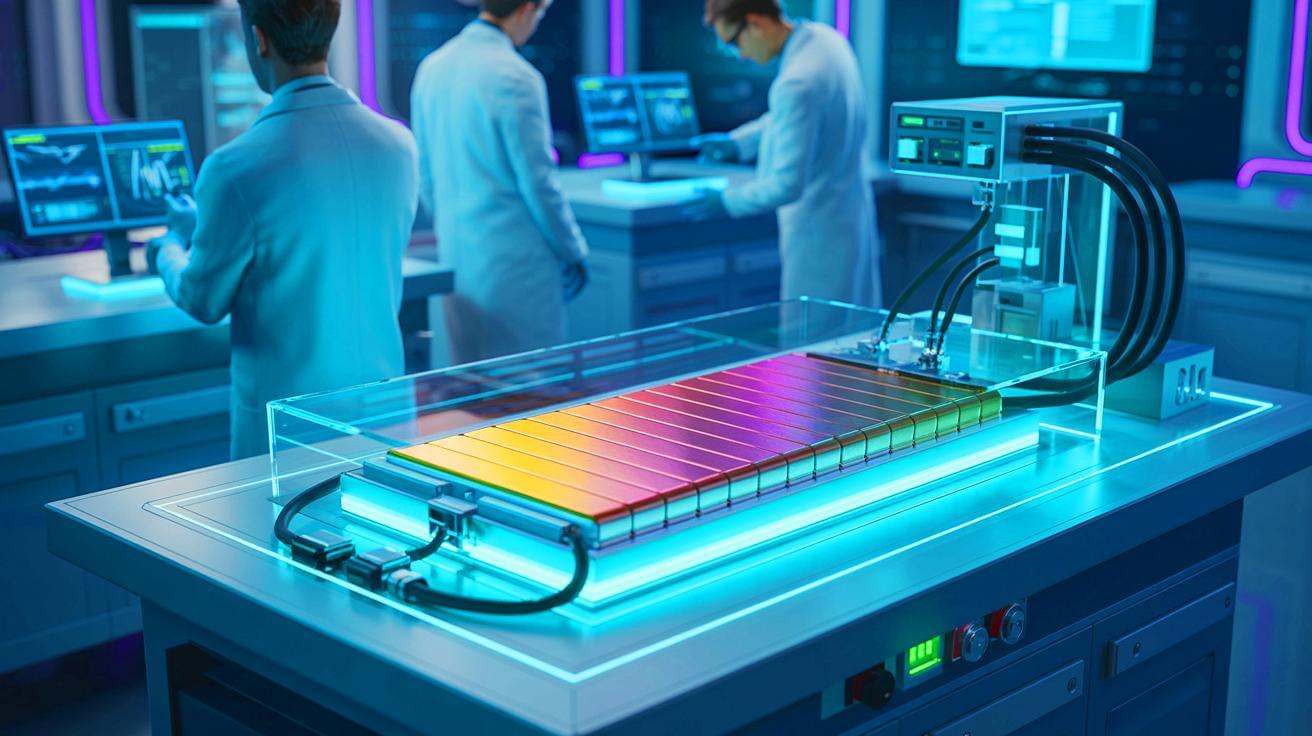
IN A NUTSHELL 🔋 Researchers in South Korea developed a cost-effective MoS2 thin film that boosts battery lifespan sevenfold. 💡 The innovation uses molybdenum disulfide to prevent dendrite formation, enhancing the safety and performance of anode-free solid-state batteries. 🌟 This breakthrough offers a scalable, affordable alternative to noble metals, promising to accelerate the commercialization of
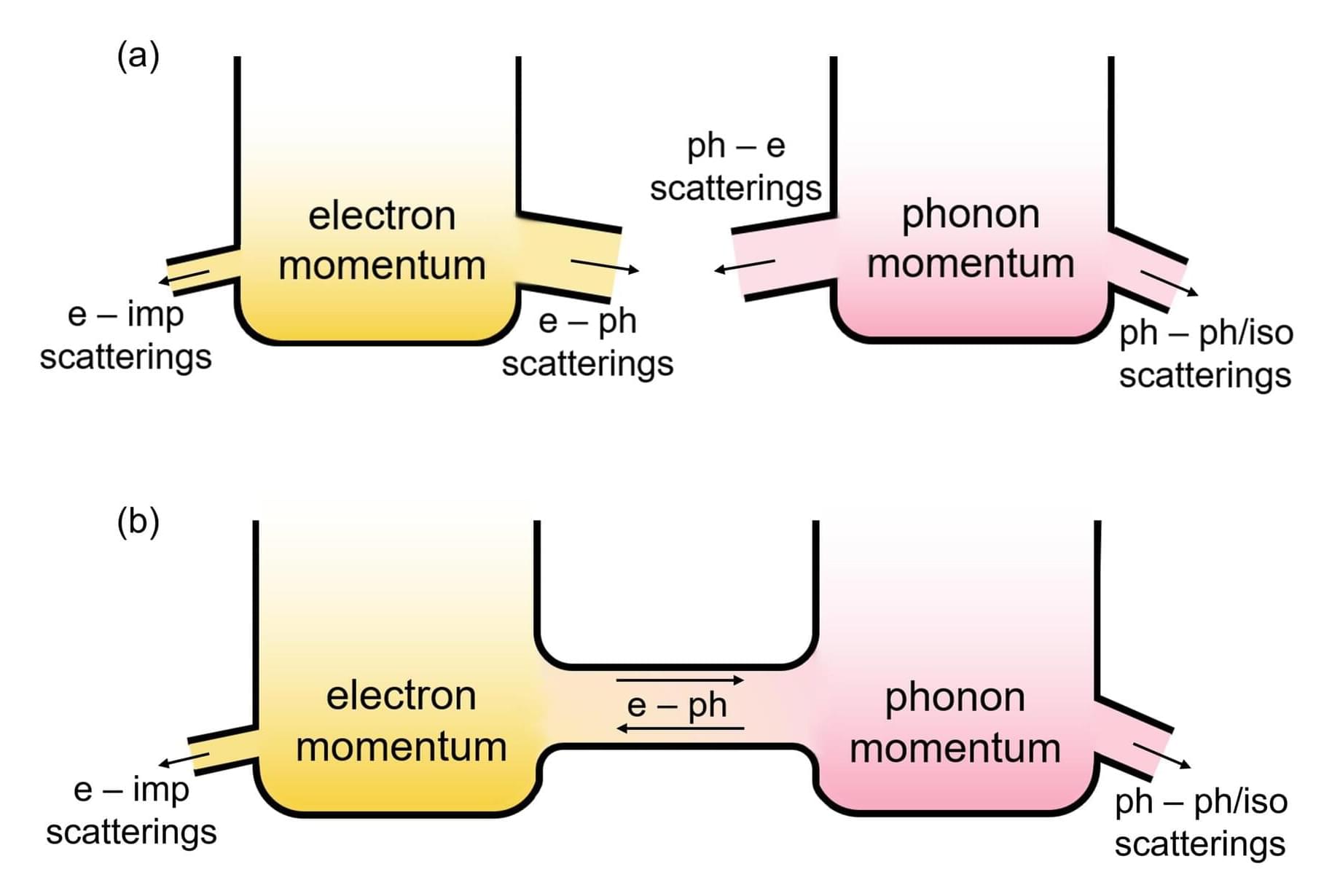
A condition long considered to be unfavorable to electrical conduction in semiconductor materials may actually be beneficial in 2D semiconductors, according to new findings by UC Santa Barbara researchers published in the journal Physical Review Letters.
Electron-phonon interactions—collisions between charge-carrying electrons and heat-carrying vibrations in the atomic lattice of the material—are considered the primary cause of electrons slowing down as they travel through semiconductor material. But according to UCSB mechanical engineers Bolin Liao and Yujie Quan, when electrons and phonons are considered as a single system, these interactions in atomically thin material prove to actually conserve total momentum and energy, and could have important implications for 2D semiconductor design.
“This is in sharp contrast to three-dimensional systems where you have a lot of momentum loss processes,” said Liao, who specializes in thermal and energy science.
